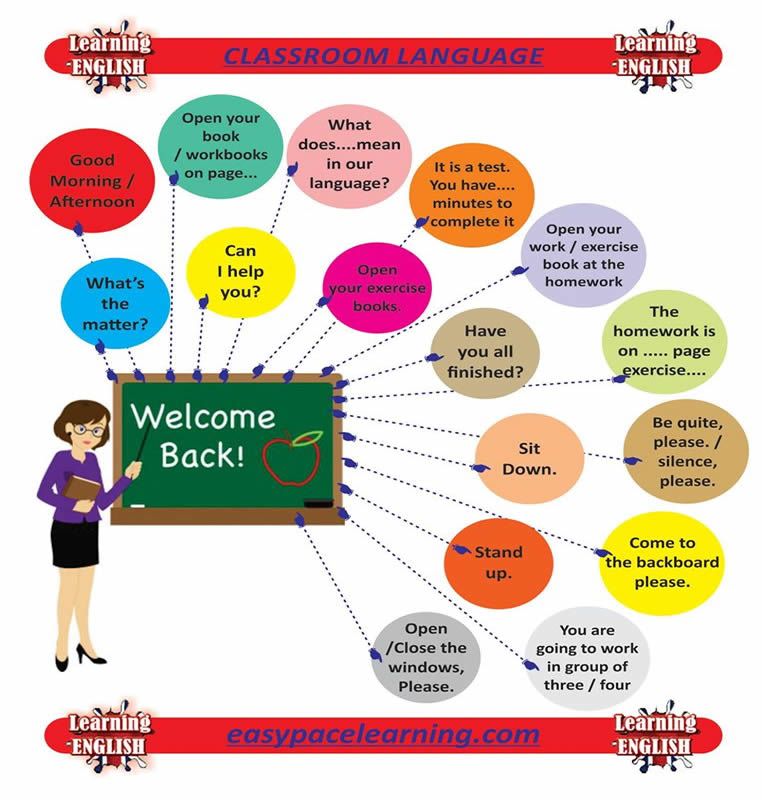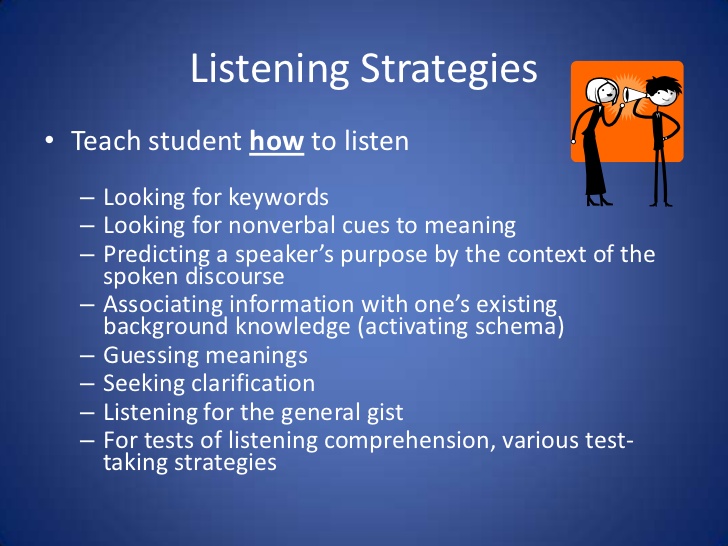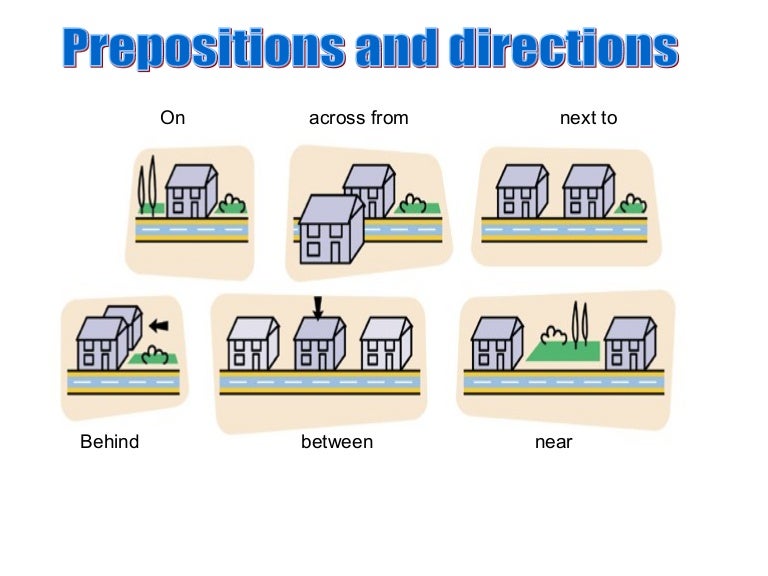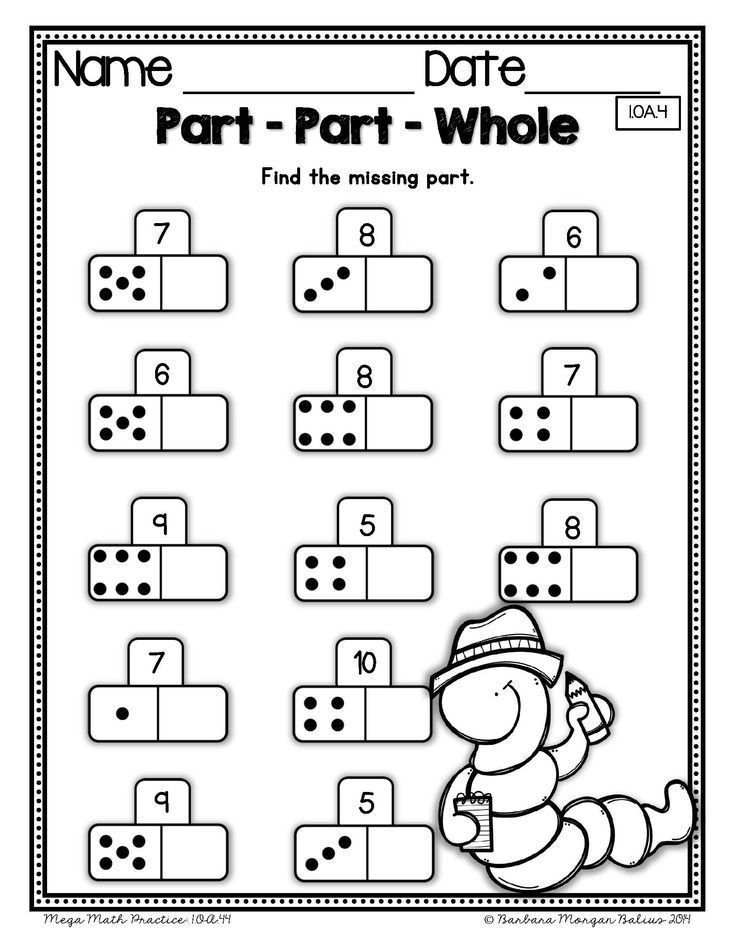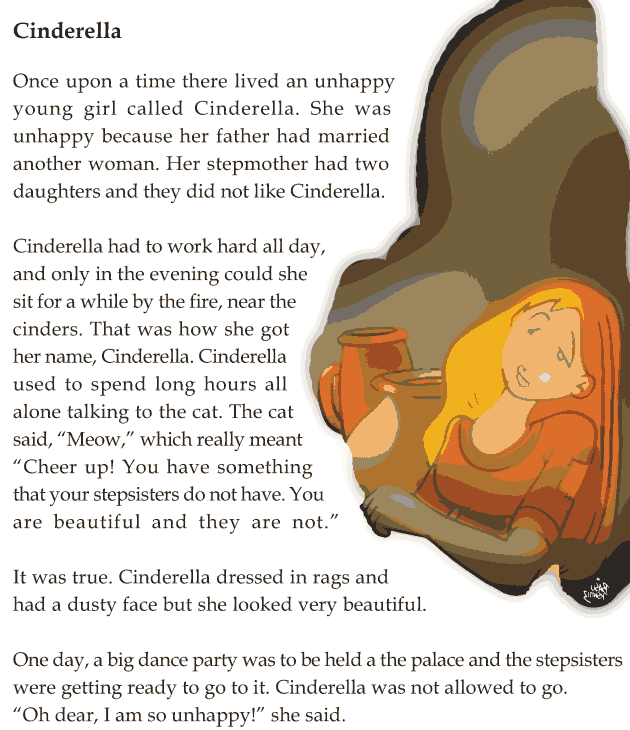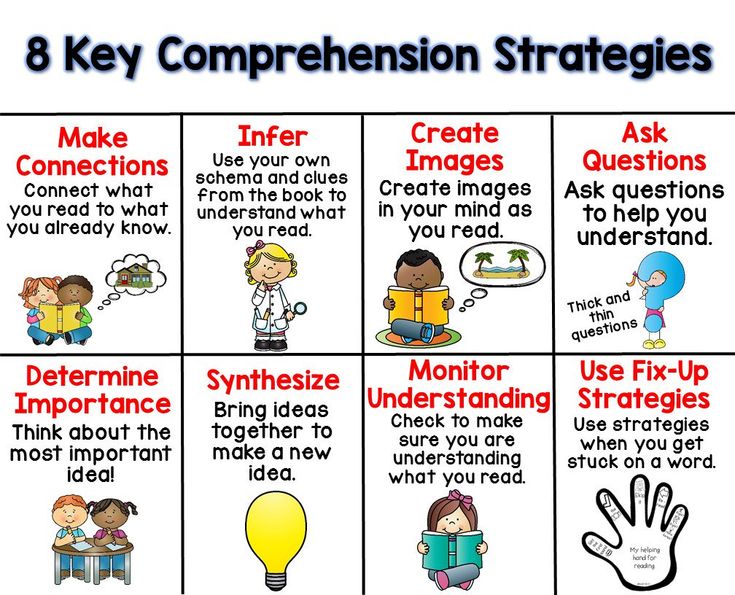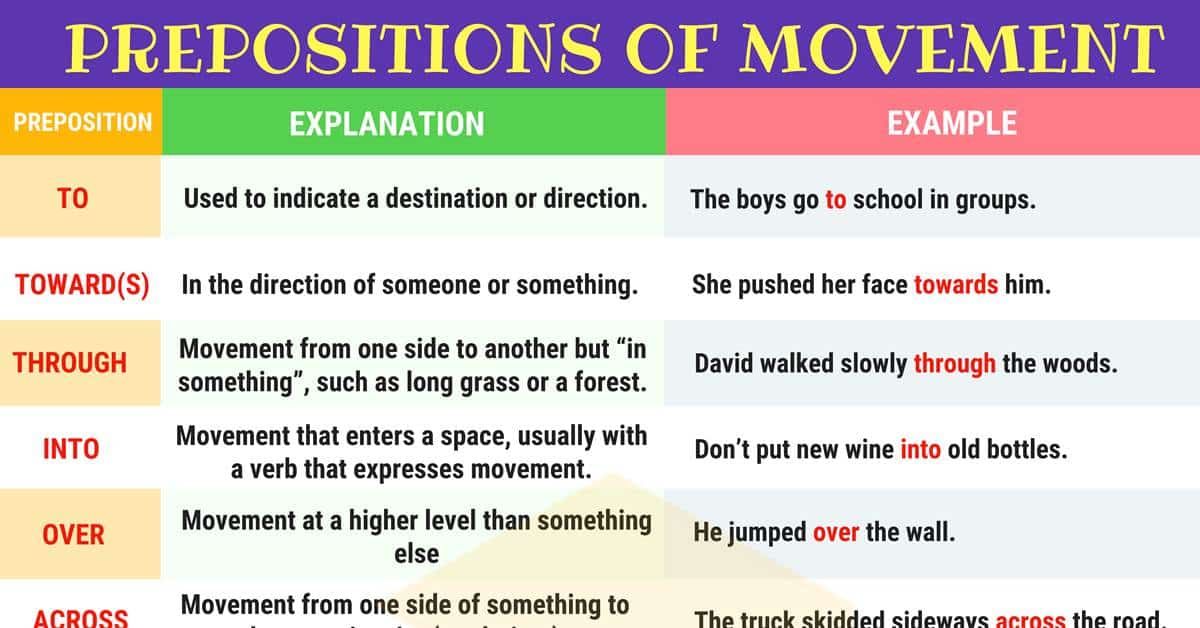Vocabulary development strategies
7 Creative Strategies To Improve Vocabulary Teaching
Vocabulary skills are critical to each student's academic achievement. In and out of the classroom, student success depends on grasping reading comprehension and English language development. Effective vocabulary strategies help you educate children as they learn new words.
Developmental delays, reading difficulties and infrequent exposure to new words can cause setbacks in student progress. However, most teachers agree that passive learning isn't the best way to help students grow their vocabulary skills.
What teaching strategies should you use instead to streamline vocabulary instruction?
How is vocabulary knowledge developed?
Vocabulary is understanding how to use words in relation to their meaning. Developing new vocabulary involves more than just looking up words in a dictionary and using those words in sentences.
Students' vocabulary grows throughout their lifetime through direct and indirect learning. You can adopt direct teaching methods such as:
- Introducing specific word instruction geared toward increased comprehension and vocabulary.
- Leading wordplay activities that build upon previously learned words.
- Encouraging students to read often to boost their word knowledge and language development.
- Using the dictionary to teach word meanings and asking students to use those words in sentences during class participation.
- Utilizing Cognate Awareness (ELL) to teach kids similar words in English and other languages, such as Spanish. Cognates are two words in different languages that have similarities including spelling, meaning, and pronunciation.
- Making speaking skills a priority when learning vocabulary.
- Reading stories to your students. It helps them to question and learn specific words. Books that contain pictures may help reinforce the 'bigger' words for your students.

Deepening vocabulary skills takes a lifetime. It’s vital that students understand how to learn new words so that they don't feel singled out if they're struggling to enhance their vocabulary.
Effective vocabulary learning techniques
When teachers use word learning techniques and teaching strategies like dictionary use, morphemic analysis, cognate awareness and contextual analysis, students catch on quickly and can recall new words, synonyms and antonyms. Each of these components builds on their prior knowledge of other words to create their own vocabulary library.
Effective teaching strategies include various methods you can use in the classroom today:
- Expose students to the same word many times to support learning
- Give students the definition of the word and ask them to write that word in a sentence
- Use graphic organizers to define new words
- Teaching kids to be independent and learn how to correct their own errors — it's ok to make mistakes!
- Bring technology into the classroom and use digital tools suited to teaching vocabulary.
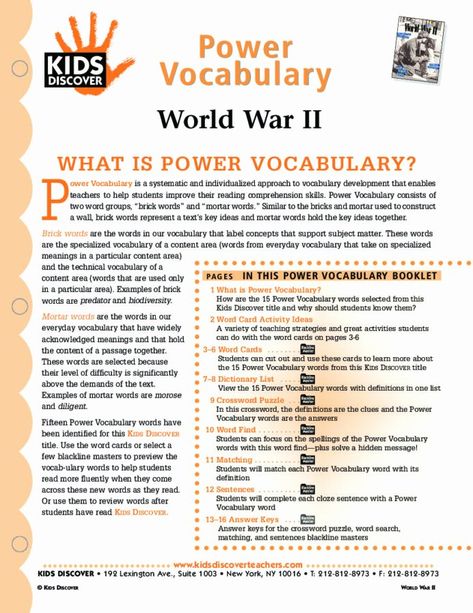
- Let students practice often
Simple and effective vocabulary strategies help your students build an impressive vocabulary. But we have more tactics to share with you!
Be sure to have a look at the comprehensive list of targeted strategies to help you teach vocabulary to your students.
1. Take a student's perspective
You understand what it's like to grow your own vocabulary — you’ve been doing it for many years! With your higher education and experience in reading and writing, there is much wisdom you can pass onto your students.
Adjust lesson plans to accommodate any problems that students encounter as they learn new words. Show them how to take a word they've never heard of before, sound it out and show its use in a sentence or two. They'll pick up on its meaning through the sentences.
One way to level-up this language technique is to take a culturally-responsive approach. And you can do this by framing new words in examples that are familiar to your students whether it's geographically, culturally or socio-economically, for example.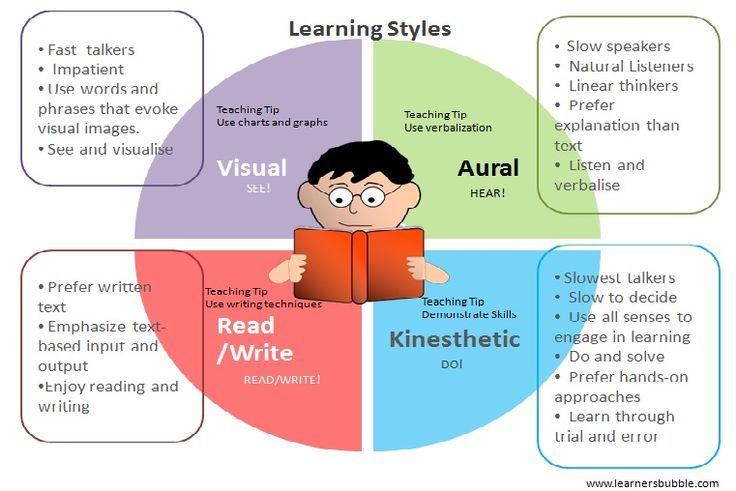
2. Try using a word wall
A word wall encourages kids to focus on learning new words. Word walls are easy to create! Simply type or handwrite a list of words in large letters and hang them up on a bulletin board or a wall where students can see it every day. Be sure to add new words throughout the year so that your students deepen their knowledge of unknown words and their meaning.
Invite your students to take part in creating a bigger wall and add pictures, synonyms and antonyms to each word. If they're having trouble grasping the meaning of specific words, adding synonyms can help ease confusion.
Word walls provide a fun way to increase your students' vocabulary skills.
3. Create vocabulary notebooks
Vocabulary notebooks encourage students to expand their prior knowledge and boost their English language proficiency. Hand out notebooks so that they can jot down new words and their meanings. You can motivate students to think about writing synonyms and antonyms beside each new word.
To make vocabulary notebooks more fun, ask your students to draw pictures or create charts to show how they used a word in a few sentences. It gives them an opportunity to practice that word a few times and reinforce its definition.
And speaking of opportunities, a perfect time for students to practice their language with vocabulary notebooks is during writing periods.
A regular cadence of writing periods coupled with their vocabulary notebooks will encourage students to reflect on the words they’ve learned and to actively use them in their writing to get additional practice.
These vocabulary word books remind students of their advancement. It'll help them realize just how much they've progressed throughout the year.
4. Connect word meanings with semantic mapping
Semantic mapping is a type of graphic organizer that displays a relationship between specific words and phrases.
Select one student to draw a keyword on the chalkboard. Next, encourage students to participate in creating the map and write words that are connected to the keyword.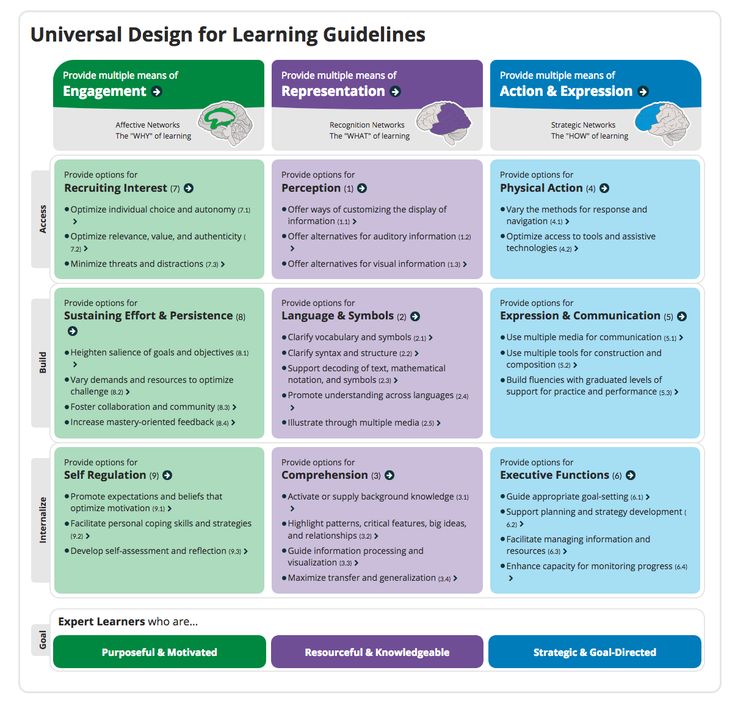 For example, a student or teacher could write the keyword "farm" on the chalkboard. Your students would take turns writing words such as cow, barn, horse, hay and farmer.
For example, a student or teacher could write the keyword "farm" on the chalkboard. Your students would take turns writing words such as cow, barn, horse, hay and farmer.
Semantic maps help build students' vocabulary and reading comprehension. Teachers can add more challenging words each week. As students grow their vocabulary, they'll become confident in their reading and writing abilities.
5. Make word cards
Word cards help students to develop their ability to learn new words and highlight their meaning. There are a few ways you can get students to create their own word cards.
In this example, students can write single keywords on separate blank cards. They'll determine if that word is a noun, pronoun, adjective or verb. Make sure they write the definition below each word. Instruct them to use those words in a few sentences, or turn the word into a quick writing prompt.
Consider putting students into small groups of two to four kids. They can help each other to develop their vocabulary by introducing keywords to each other and asking them to use those words in a sentence.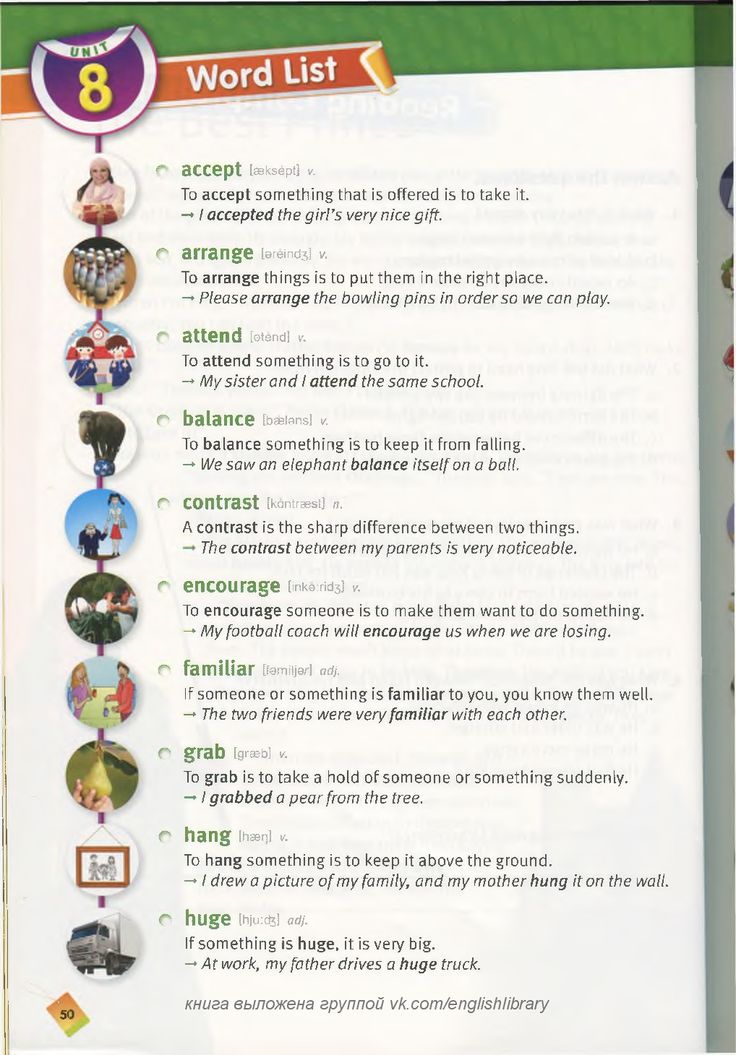
Weekly word cards support English language development and enhance reading comprehension.
6. Encourage reading comprehension
It's crucial to every student's academic success to develop reading comprehension abilities. A variety of teaching methods, combined with consistent reading assignments, should help build comprehension and vocabulary development.
Below, you’ll find a few tips to help strengthen your students' reading comprehension skills:
- Class discussion about books they're reading. Talking about books helps students to remember the stories and promotes comprehension.
- Phonics. Practicing phonics is a fun way for kids to build their vocabulary skills. Phonics helps students master sounds and differentiate between letters that sound the same as "s" and "th".
- Reading grade-appropriate books. Give your students books suited for their grade level. Books should be easy enough for kids to understand the story's meaning but challenging enough to expand their vocabulary.
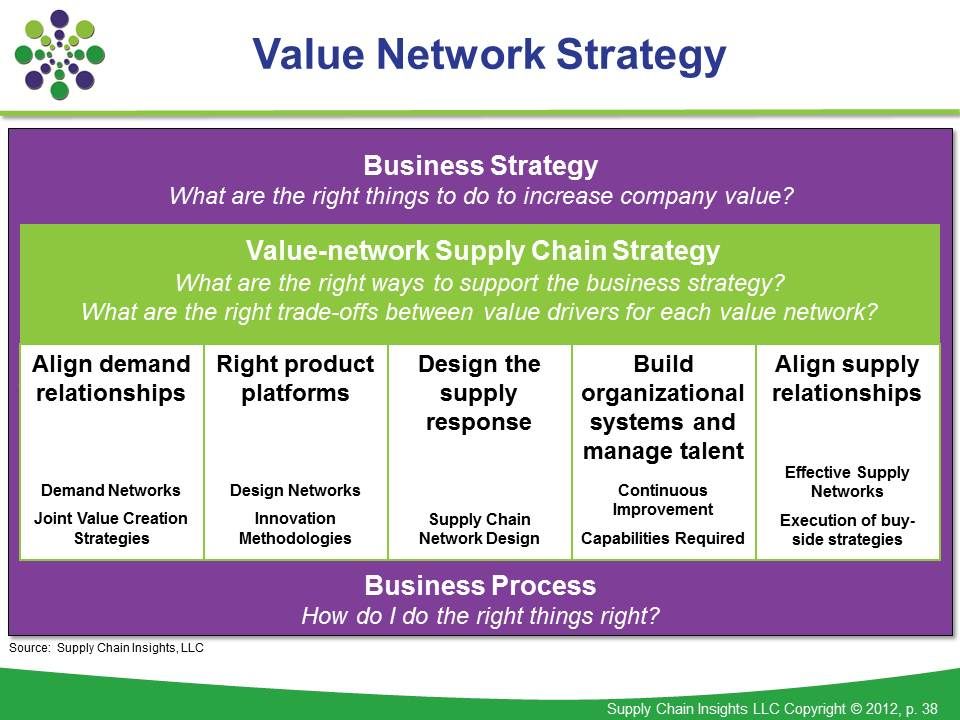
- Read aloud. Get students to take turns reading aloud to help them see words and to hear them, too. They can learn how to pronounce the words as they go. Be mindful of students who might find reading aloud in front of the whole class to be daunting. If any students come to mind, it can help them to read aloud to a partner, teacher, parent or small group.
7. Use visuals and situations
When possible, use meaningful visuals in your classroom. Flashcard tools like Vocabulary Cartoons help students connect words to fun cartoons through memory techniques. This program works well from the elementary grades through to high school.
Use the following visual vocabulary teaching strategies with your students:
- If you've created a word wall, ask your students to make paper flashcards with new words and their definitions. Display the flashcards for the entire class to look at every day. Make sure you change the words each week so that they continuously learn new words and phrases.

- Turn your students into word detectives! This fun activity gets kids to read books while searching for keywords. Hand them a list of keywords to find in the book. When they find the keywords used in sentences, encourage them to use those words in spoken and written sentences.
- Kids love art, so why not get them to create drawings to express their understanding of words? Students can form their own connections to new words through drawings, patterns, and other examples.
Make new words fun to learn! Combine visuals such as graphics and photos with auditory learning to cover a range of learning styles and make it easier for students to learn new words.
Using word-learning strategies
Word-learning strategies allow students to familiarize themselves with words and phrases. Instead of having partial knowledge, they'll learn the meaning of the word and any related words. Students can develop word consciousness with the help of quality reading materials and practical teaching methods.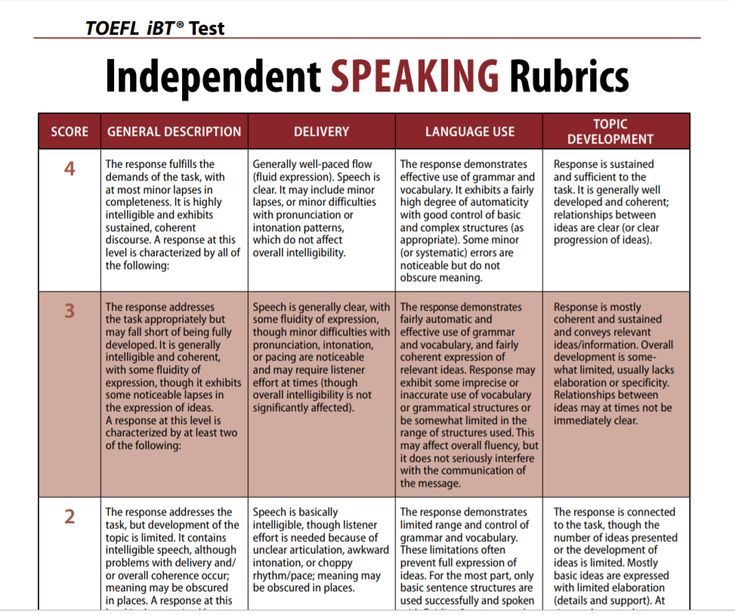
Break down words into meaningful parts
Word parts are root words you can add a prefix or suffix to make a new word.
Allowing students to read keywords and add prefixes or suffixes helps them garner the meaning of those words based on how it's used in a sentence. Give your students opportunities to guess the meaning of word parts to support their vocabulary growth.
Word parts work best for students with a larger vocabulary.
Ask questions about a word
One way for students to learn words involves understanding the definition, how it works grammatically and its subtext. Motivate your students to ask questions such as:
- Does the word have a masculine or feminine version similar to other languages?
- How can I use the word in more than one sentence?
- Does the word have several meanings? Homonyms such as "pen" can mean an instrument to write with, or an animal enclosure.
When students deepen their word knowledge, they'll gain confidence in their ability to strengthen their vocabulary.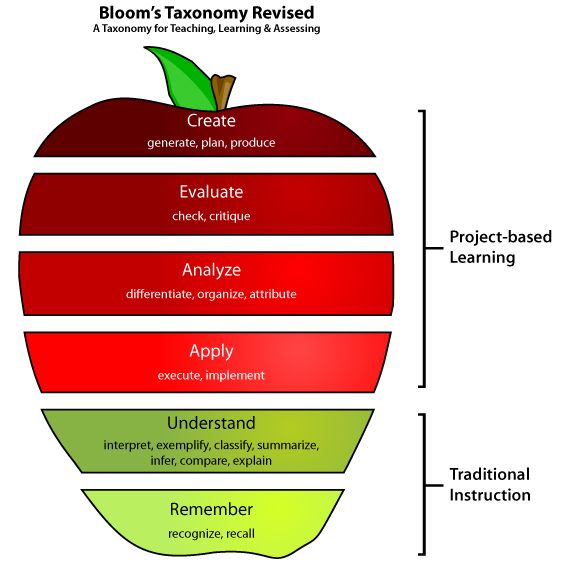
Reflect and practice new words
Some words are easier to learn than others. Inspire your students to test their word knowledge and determine areas where they need help. They might require assistance in boosting their confidence to use those words in sentences or to speak them with confidence. Also consider that they may not fully understand the meaning of those words.
Encourage your students to reflect regularly on new words and use them in their everyday conversations. This is where vocabulary notebooks come in handy to build word knowledge!
Additional vocabulary activities
Bring words to life through vocabulary development activities! There are lots of fun things you can do in the classroom that encourage students to practice vocabulary.
Try these activities to boost kids' vocabulary skills:
- Guided word sorting. Give your students a list of words to sort into various categories, such as parts of speech (noun, verb, etc.
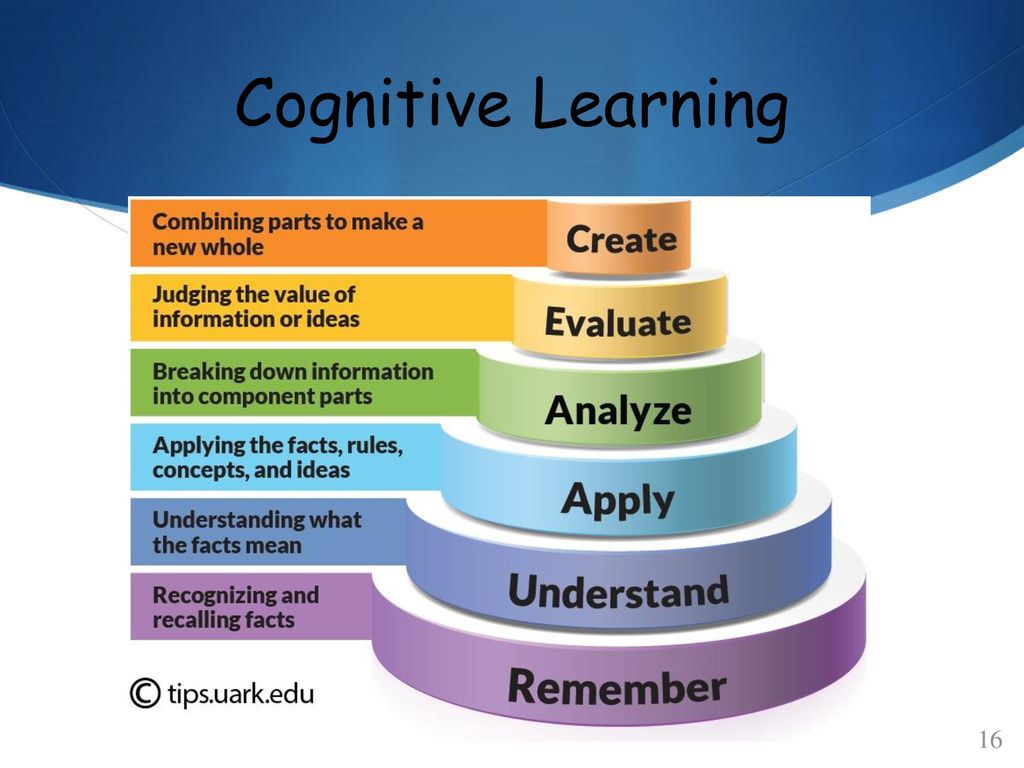 ), geography (cities, towns), or something they can relate to. Students develop an understanding of new words as they group them into categories. Turn word sorting into a fun game!
), geography (cities, towns), or something they can relate to. Students develop an understanding of new words as they group them into categories. Turn word sorting into a fun game! - Word fixes (on-purpose errors). Use a word incorrectly in a sentence and ask your students to correct the mistake. Choose one or more students to write the word correctly in a sentence and share it with the rest of the class.
- Make mind maps. Mind mapping involves the use of colored pencils and pens to create a graphic of how the keyword connects to other words, similar to the semantic map.
With these fun activities, vocabulary isn’t just another spelling quiz — it’s a core part of your instruction that supports everything else you teach.
Prodigy English is a brand-new adventure that helps students master key vocabulary skills in a world of their very own.
Every correct answer gives students more energy they can use to gather resources, craft items and build their very own village! Create your free Prodigy teacher account to track student progress, send assignments and help build a love of learning.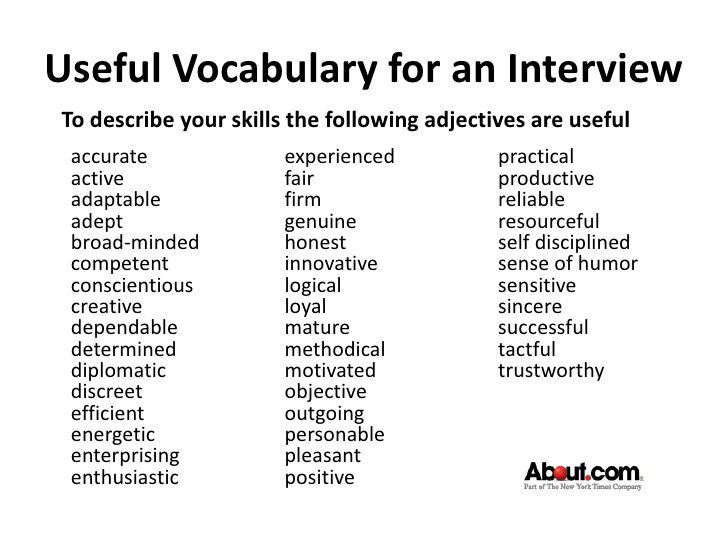
6 Effective Strategies For Teaching Vocabulary
1. Word WallTo help your students get more engaged in vocabulary development, you need to nurture word consciousness. This means raising students’ awareness of, and interest in all sorts of words and their meanings.
A Word Wall can help you achieve this. This is a collection of words that are displayed in large visible letters on a wall, bulletin board, or other display surfaces in a classroom.
Source: ELL STRATEGIES & MISCONCEPTIONS
So, set this wall and encourage your students ‘to walk the wall’ and hang their favourite words, new or unknown, on it.
Then, invite their classmates to add sticky notes with pictures or graphics, synonyms, antonyms, or related words. Then, student partners walk along the wall to quiz each other on the words (Graves & Watts-Taffe,2008).
Use the Word Wall one or more times a week. You’ll help your students make connections between new and known words.
You’ll help your students make connections between new and known words.
Since this is an ongoing activity during the whole year, you can keep observational notes of those students who are posting, responding to their words and those who are not adding words to the wall.
This will help you better understand what your students need to expand their vocabulary.
2. Word BoxWord Box is one of the strategies for teaching vocabulary. This is a weekly strategy that can help students retain and use words more effectively.
Students select words to submit to the word box on Friday. These are words they find interesting or ones they want to understand better. They either use the word in their own sentence or take the same sentence where this word was found.
Then, select five words to teach the following week.
Monday: Introduce the five words in context, explain them, then tack them to the Word Wall.
Tuesday: Ask students to create a non-linguistic representation of the words.
Wednesday: Discuss the meaning of the words allowing think-pair-shares.
Thursday: Ask students to write sentences using those words.
Friday: This is the day to assess students’ learning of the five words using this activity.
Ask one student to answer fill-ins for five words. Give students three cards that can hold up: green cards show they agree with the student’s answer, yellow they are unsure and red ones they disagree.
For assessing, use a checklist with the vocabulary running horizontally across the top margin and the class list running vertically down the side. (Adapted from Grant et al., 2015, p.195)
3. Vocabulary NotebooksAsk your students to maintain vocabulary notebooks throughout the year where they write the meaning of the new words.
You can introduce a new word each week and work together with students to explore its meaning. Then, ask them to sketch a picture to illustrate the word and present their drawings to the class at the end of the week.
Another way to use vocabulary notebooks :
Students create a chart. The first column indicates the word, where it was found, and the sample sentence in which it appeared.
The other columns depend on your students’ needs.
You can include a column for meaning ( where students define the word or add a synonym), for word parts and related word forms (where they identify the parts and list any other words related to it), a picture, other occurrences (if they have seen or heard this word before, they describe where) and for practice or how they used this word. (Lubliner, 2005)
4. Semantic MappingThese are maps or webs of words that can help visually display the meaning-based connections between a word or phrase and a set of related words or concepts.
Teach your students how to use semantic mapping. Pick a word you intend to explain, draw a map or web on the board ( or on Zoom whiteboard or any digital tool in case you’re teaching online) and put this word in the centre of the map.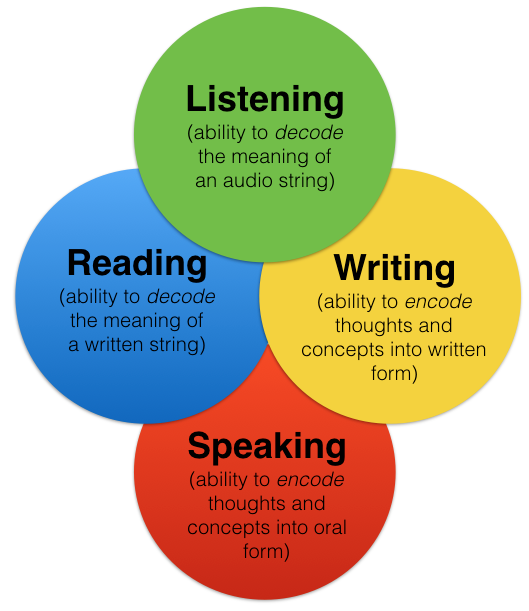 Then, ask students to add related words or phrases similar in meaning to the new word. (see the example below)
Then, ask students to add related words or phrases similar in meaning to the new word. (see the example below)
Source:weebly.com
5. Word CardsWord cards can help students review frequently learned words and so improve retention.
On one side of the card, students write the target word and its part of speech (whether it’s a verb, noun, adjective, etc.).
On the top half of the other side, they write the word’s definition (in English and/ or a translation). They also write an example and a description of its pronunciation. The bottom half of the card can be used for additional notes once they start using the word.
Ask students to add more information about the word each time they practise or observe it (sentences, collocations, etc.).
Yet, advise them not to add too much information in order to facilitate more reviewing the cards.
Devote regularly class time for students to bring their word cards to class. Involve them in activities such as describing the new words, quizzing one another, categorizing them according to subject or part of speech.
Involve them in activities such as describing the new words, quizzing one another, categorizing them according to subject or part of speech.
Also, show your students how to store and organize those cards. This is, for instance, by putting them into a box with the categories they select or ordering them in terms of difficulty. (Schmitt & Schmitt, 2005)
6. Word Learning StrategiesOur students often have only partial knowledge of the words they learn in the classroom. This is so since a word can have different meanings which they may not be familiar with.
Therefore, teaching students word learning strategies is important to help them become independent word learners. This is by teaching, modelling and providing a variety of strategies that serve different purposes.
Here are some examples of word-learning strategies.
a) Using word partsBreaking words into meaningful parts facilitates decoding. So, studying words’ parts can help students guess the meaning of new words from context.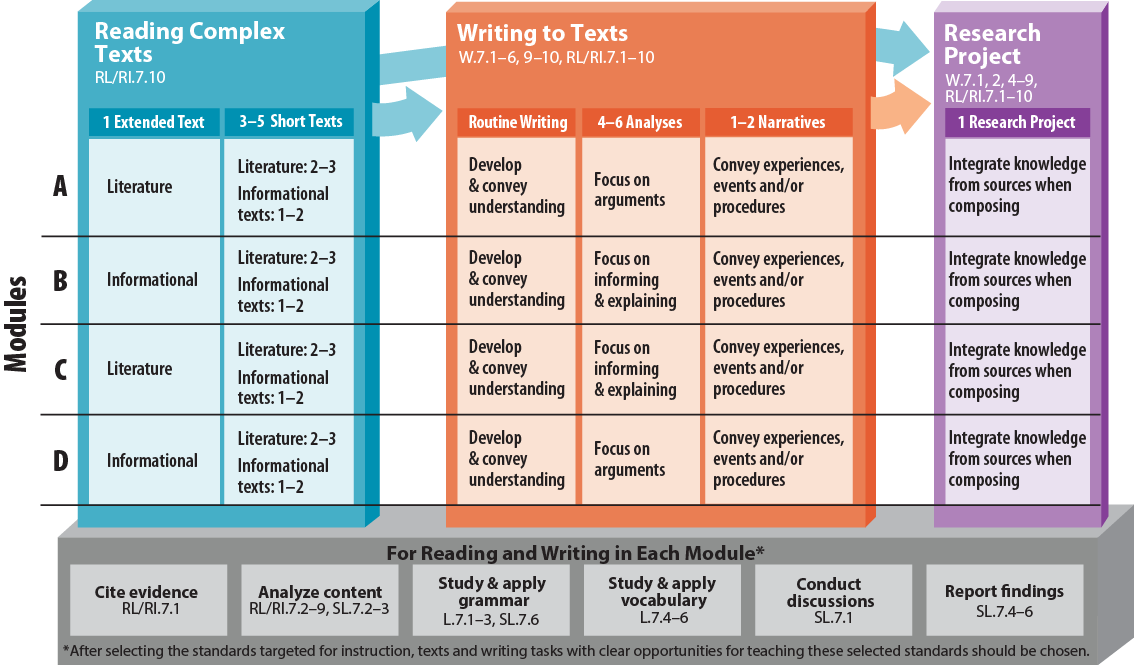
There are three basic ways that word parts are combined in English: prefixing, suffixing, and compounding.
Teach those parts. But, focus on the most occurrent ones.
Providing explanations about their use and meanings with illustration is necessary. Yet, it is still not enough.
You need to provide opportunities for students to experiment with word-building skills.
For instance, you can hand out a list of productive prefixes and have students compile a list of words using them. Then, ask them to compare the function of the prefixes in the various examples.
However, consider your students’ level since word parts are more useful to students with larger vocabularies. For instance, a student who doesn’t know the meaning of the adjective content cannot guess the word discontent.
Remember also that learning word parts is an ongoing process. So, encourage your students to continue experimenting with them. (Zimmerman, 2009a)
b) Asking questions about wordKnowing a word means knowing about its many aspects: its meaning(s), collocations, grammatical function, derivations, and register.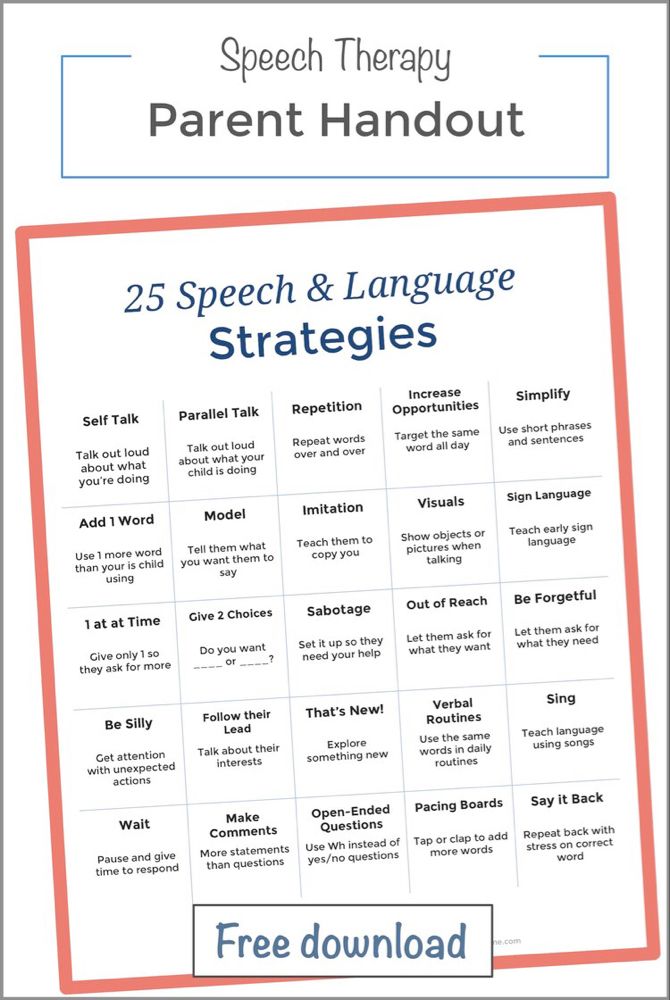
So, you can encourage your students to explore a new word’s meaning(s) by asking them to address detailed questions about those features and answer them.
Students will ask questions like these :
• Are there certain words that often occur before or after the word ? (collocation)
• Are there any grammatical patterns that occur with the word ? (grammar).
• Are there any familiar roots or affixes for this word ? (word parts)
• Is the word used by both men and women? (register/appropriateness)
• Is the word used in both speaking and writing?
(register/appropriateness)
• Could it be used to refer to people? Animals?Things? (meaning)
• Does it have any positive or negative connotations? (meaning) (Zimmerman,2009a)
When students learn new words it does not necessarily mean they’ll use them. Students may avoid using words in writing because they are unsure of the spelling. When they speak, they may not be willing to use certain words as they roughly understand them in context.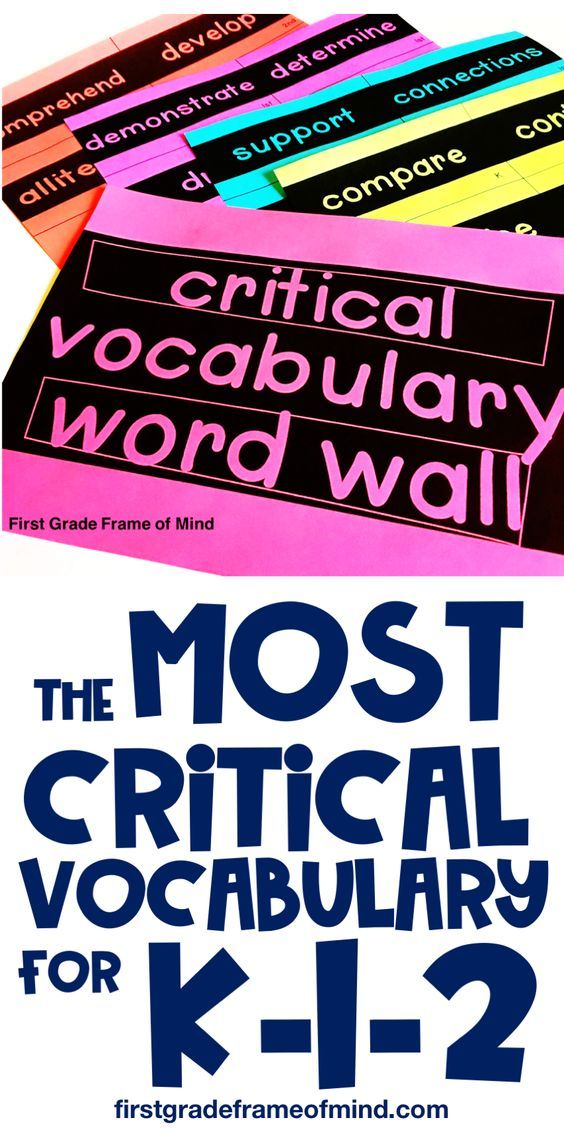
Encouraging students to self-assess their knowledge of each new word they learn can help them focus on areas needing practices. Here is an example of a self-assessment scale students can use.
Besides these 6 engaging strategies for teaching vocabulary, here are some essential tips to follow while using them :
1) Identify the potential list of words to be taught. Keep the number of words to a minimum (three to five words in one lesson) to ensure there is ample time for in-depth vocabulary instruction, yet enough time for students to practise them.
2) Expose students to multiple contexts in which the new words can be used. This will support them to develop a deeper understanding of these words and how they’re used flexibly.
You can do so by giving students frequent opportunities to hear the meaning of the words, read content where these words are included, and also use them in speaking and writing.
3) Encourage extensive reading because this gives students repeated or multiple exposures to words and is also one of the means by which students see vocabulary in rich contexts.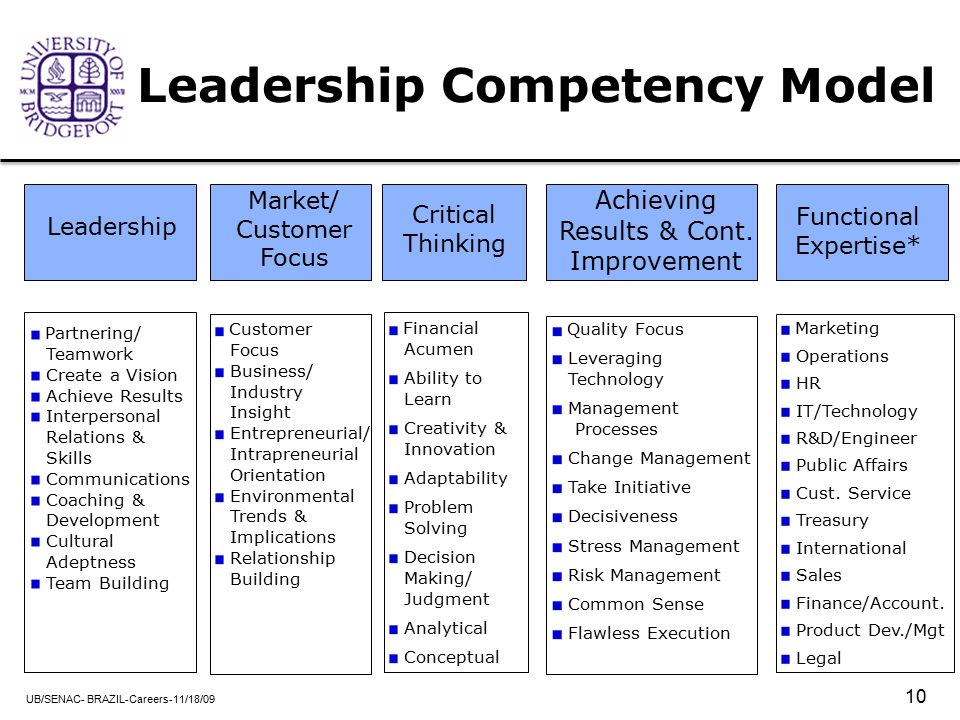
So, for rich vocabulary development, use a variety of strategies for teaching vocabulary and provide the necessary support and guided practice. Besides, assess vocabulary learning and encourage students to learn more words outside the classroom.
What other Strategies For Teaching Vocabulary would you suggest? I would love to hear from you.
References
Grant, K..B., Golden, S.E., & Wilson, N.S.(2015). Literacy Assessment and Instructional Strategies: Connecting to the Common Core. USA: Sage Publications, Inc.
Graves, M.F., & Watts-Taffe, S.M. (2002). The place of word consciousness in a research-based vocabulary program. In A.E. Farstrup 1 S.J.Samuels (Eds.), what research has to say about reading instruction (3rd ed., pp.140-165). Newark, DE: International Reading Association.
Graves, M.F., & Watts-Taffe, S.M. (2008). For the love of words: Fostering word consciousness in young readers. The Reading Teacher, 62 (3), 185-193.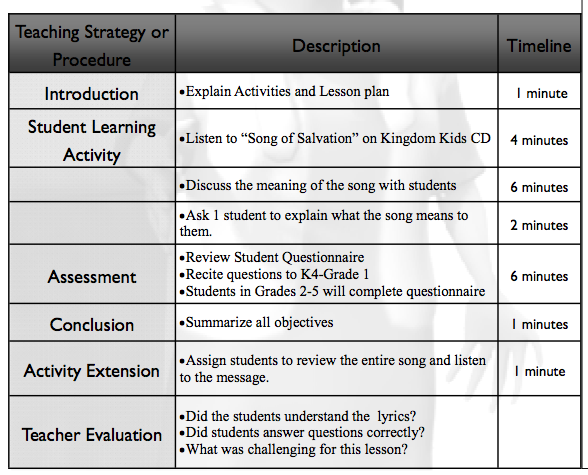
Hulstijn, J. & Laufer, B.(2001). Some empirical evidence for the involvement load hypothesis in vocabulary acquisition. Language Learning 51/3:539-58.
Lubliner, SH.(2005). Getting into Words: Vocabulary Instruction That Strengthens Comprehension. Baltimore: Paul H. Brooks Publishing.
Schmitt, D., & Schmitt, N.(2005). Focus on Vocabulary. New York: Longman.
Zimmerman, Cheryl. B.(2009a). Word Knowledge: A vocabulary teacher’s handbook. New York: Oxford University Press.
Zimmerman, Cheryl. B.(2009b).(ed.). Inside Reading: The Academic Word List in Context. Four Levels. New York: Oxford University Press.
5 vocabulary development exercises
How pleasant it is to listen to eloquent and competent speech when a person knows how to choose the right words and accurately describe his thought. And illiterate, “poor” speech, which is quite difficult to understand, cuts the ear just as much. It is a large vocabulary that is a sign of intellectual development and can help you in learning, working or speaking in front of a large audience.
Before starting the study of exercises to increase vocabulary, let's look at the types of vocabulary:
- Active vocabulary. These are the words that we use in everyday life when communicating with friends, family, colleagues. When writing letters, SMS in chat, social networks. When we speak, we do not think about the words and do not put effort into constructing sentences.
- Passive vocabulary. These are words that we know, but do not use in conversation. As a rule, the passive reserve can be 2-3 times greater than the active one. On occasion, we can search in our head and find the right words, but we do this very rarely. nine0008
- External vocabulary. These are words we don't know. Usually these are specific words from the professional field of activity.
It is rather difficult to set clear boundaries in the vocabulary. Children's vocabulary can average 1000 words, adults have 10 times more. Erudite people who are constantly engaged in self-development, read a lot of books and constantly study, have a vocabulary of up to 50,000 words.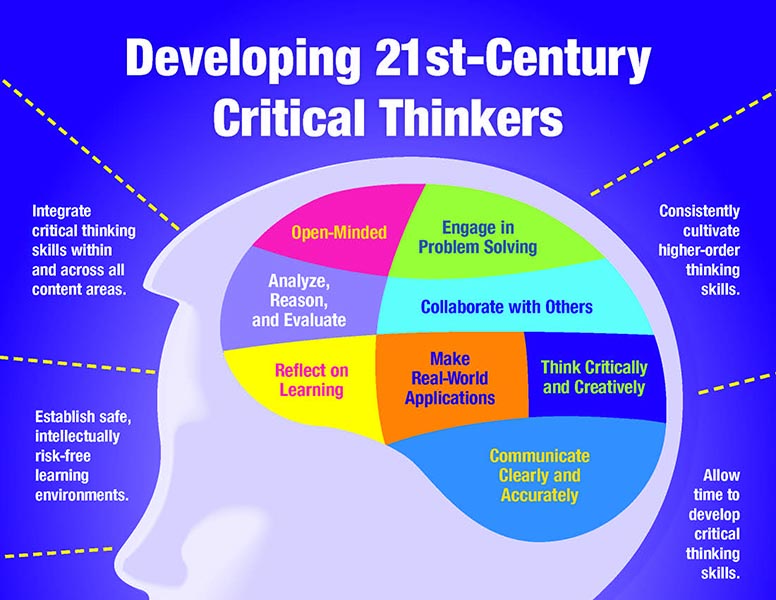 Therefore, we have selected such universal exercises to expand the active vocabulary that schoolchildren, students or specialists can perform. nine0003
Therefore, we have selected such universal exercises to expand the active vocabulary that schoolchildren, students or specialists can perform. nine0003
- Alphabet exercise. You need to come up with a sentence in which all words will begin with the next letter of the alphabet. Example: "Alina runs in the thick of trees." Try to make long sentences using words from A to Z.
- Noun exercise. Make up a story and tell it using only nouns. "Morning. Water. Walk. Dog. Tea. Breakfast. Metro. Job. Meeting. Tasks. Dinner."
- Exercise "Verbs". Repeat the previous exercise, only using verbs instead of nouns. nine0008
- Exercise "Adjectives and adverbs". Also invent a story, just voice it now with the help of adjectives and adverbs.
- Exercise "Monophone". Remember all the words that start with the letter A and come up with a sentence with them, keeping the meaning. And do this with all the letters in the alphabet.
These exercises will be difficult to complete at first, so don't give up too soon. Each time, it will be easier for you to come up with stories and look for the right words. You will find even more useful information on the website "Russia - the land of opportunities". The platform hosts free online courses, webinars on marketing, PR, charity, management, psychology, and finance. Follow the link to register on the site and get access to unique programs. nine0003
Each time, it will be easier for you to come up with stories and look for the right words. You will find even more useful information on the website "Russia - the land of opportunities". The platform hosts free online courses, webinars on marketing, PR, charity, management, psychology, and finance. Follow the link to register on the site and get access to unique programs. nine0003
How to develop vocabulary | Blog 4brain
The richness of any language is in its words, and the Russian language is known throughout the world for its diversity. Thanks to this, each of us can talk, convey our thoughts, express ourselves eloquently. The accuracy of the formulations we select and the beauty of speech directly depend on the amount of vocabulary that we have. The more words we know, the more often we use them, the brighter and more colorful our speech, the more accurately we convey the meaning. In addition, a rich vocabulary is evidence of the intellectual development of a person. It can be useful to us at work, in school, in public speaking, in normal everyday communication. That is why the development of vocabulary is so important and even necessary. In our articles “10 Ways to Increase Your Vocabulary” and “Strategies for Enriching Your Vocabulary”, we have already talked about this topic, but there is something to add here. nine0003
It can be useful to us at work, in school, in public speaking, in normal everyday communication. That is why the development of vocabulary is so important and even necessary. In our articles “10 Ways to Increase Your Vocabulary” and “Strategies for Enriching Your Vocabulary”, we have already talked about this topic, but there is something to add here. nine0003
What you need to know about vocabulary
First of all, it is useful to know that in the science of language, it is customary to use a special term for vocabulary - "lexicon". It is the best suited to convey the essence of the concept of "vocabulary". It is important to understand that the lexicon is not just an archive of words, but a whole complex of vocabulary units of the language that society uses and a person owns.
And here we must immediately clarify that having a vocabulary and using it are two different things, and one should not be equated with the other. Lexicon includes:
- Active vocabulary.
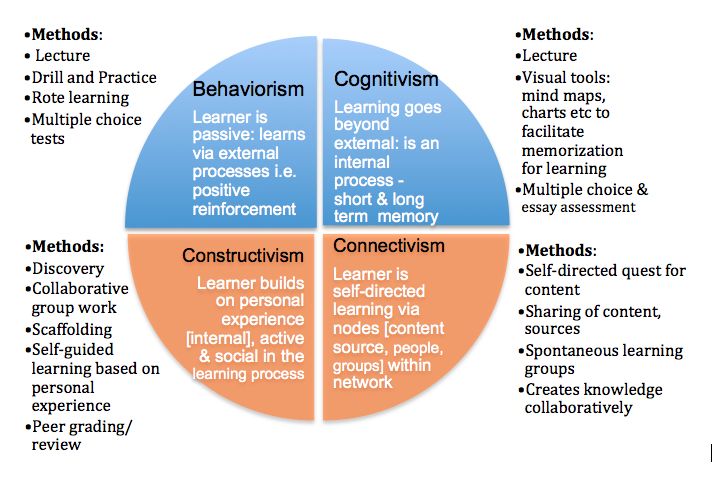 This includes the set of words that we use every day, constantly, communicating with relatives, friends, work colleagues and everyone around us. Also, these are the words that we hear from other people and can freely insert into our speech, without really thinking about their meaning. We use active vocabulary not only in oral speech, but also when we write letters, SMS, messages on social networks, etc. The main features of an active lexicon are the freedom of its use and the absence of any need to make efforts to select certain words, to look for their meanings in memory. nine0008
This includes the set of words that we use every day, constantly, communicating with relatives, friends, work colleagues and everyone around us. Also, these are the words that we hear from other people and can freely insert into our speech, without really thinking about their meaning. We use active vocabulary not only in oral speech, but also when we write letters, SMS, messages on social networks, etc. The main features of an active lexicon are the freedom of its use and the absence of any need to make efforts to select certain words, to look for their meanings in memory. nine0008 - Passive vocabulary. Here are all the words that we know, including those whose meaning we can easily understand when they come across to us in someone else's speech, the Internet, written sources. However, these are all words that we use very rarely or not at all in our speech. It is easy to guess that the passive lexicon can be several times larger than the active one. Naturally, if necessary, we can delve into the memory and find words from the passive vocabulary there, but in ordinary life they serve as unused "baggage".
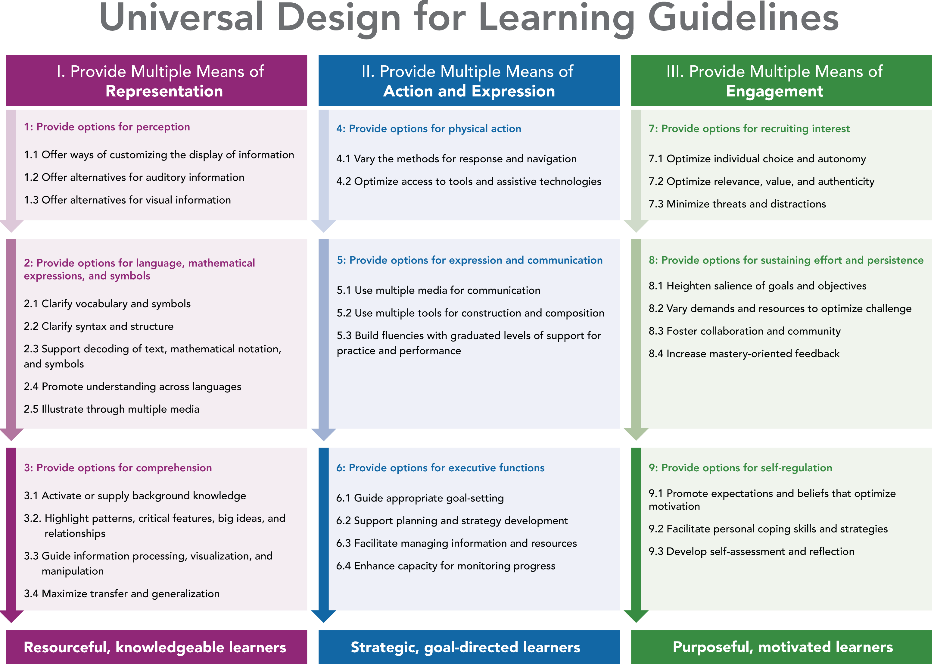 nine0008
nine0008 - External vocabulary. This definition is most often used in psycholinguistics to refer to words that a person does not know and which belong to specific areas of knowledge. If we meet such words in someone's speech or text, we will not understand their meanings. The external lexicon can be called a "blind zone", within which there are archaisms, neologisms, professionalisms, highly specialized concepts, terms, etc.
It is not always possible to define clear boundaries between different types of vocabulary, since they are quite blurry and can constantly shift from one side to the other. Plus, you need to understand that, for example, a child who is just going to school can literally speak a couple of thousand words, and by the end of school there are already about five thousand of them in his lexicon. And, in principle, this amount is already quite enough for everyday life; almost all of these words are actively used. nine0003
If a person continues to study, reads and learns new things, his vocabulary can expand to ten thousand words, but a huge number of them will already belong to the passive vocabulary.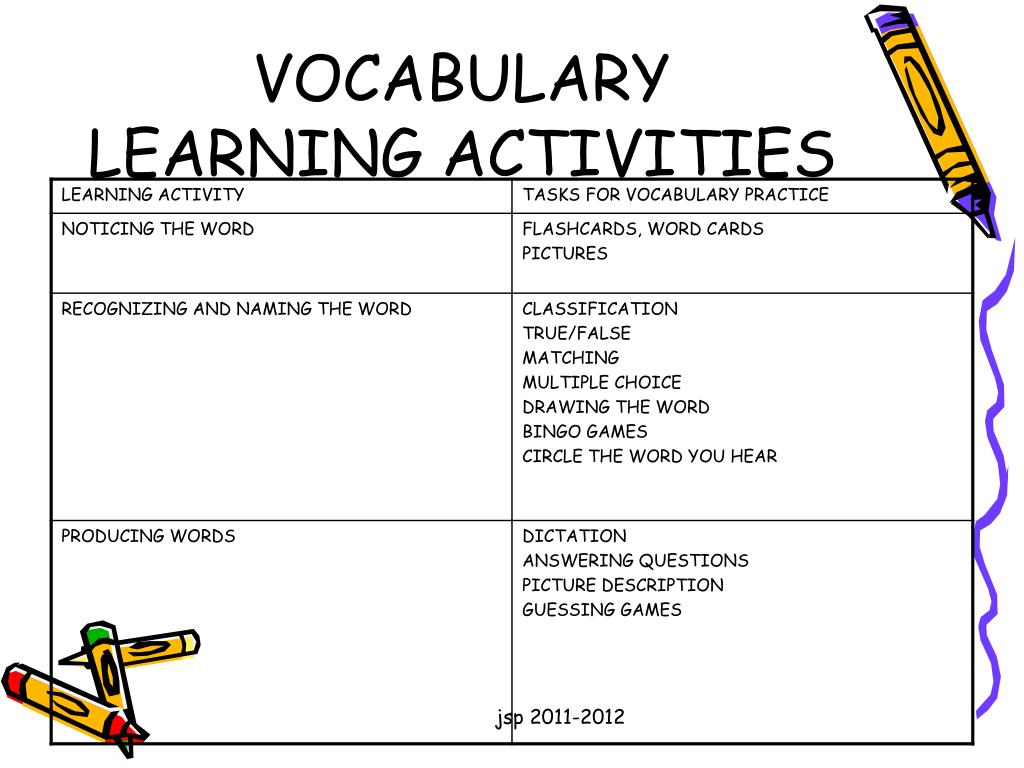 But the lexicon of true scholars and intellectuals sometimes has up to 50 thousand words. Of course, only a small part of them will be actively used. The rest will be used by such people to communicate with similar scholars or in the process of reading specific literature. At the same time, their passive vocabulary for most ordinary people will be in the zone of external vocabulary. nine0003
But the lexicon of true scholars and intellectuals sometimes has up to 50 thousand words. Of course, only a small part of them will be actively used. The rest will be used by such people to communicate with similar scholars or in the process of reading specific literature. At the same time, their passive vocabulary for most ordinary people will be in the zone of external vocabulary. nine0003
Next, we will focus on how to develop active vocabulary. We also advise you to read the article “How to transfer vocabulary from passive to active vocabulary” and take a short video test to find out approximately how developed your vocabulary is currently.
YOUTUBE How rich is your vocabulary
Vocabulary development
The following exercises and techniques for the development of speech and vocabulary are perfect for children and schoolchildren, as well as for students and adults. There are no special rules and instructions for their implementation, except for the only one - they must be applied, and the more often you exercise, the better results you will achieve.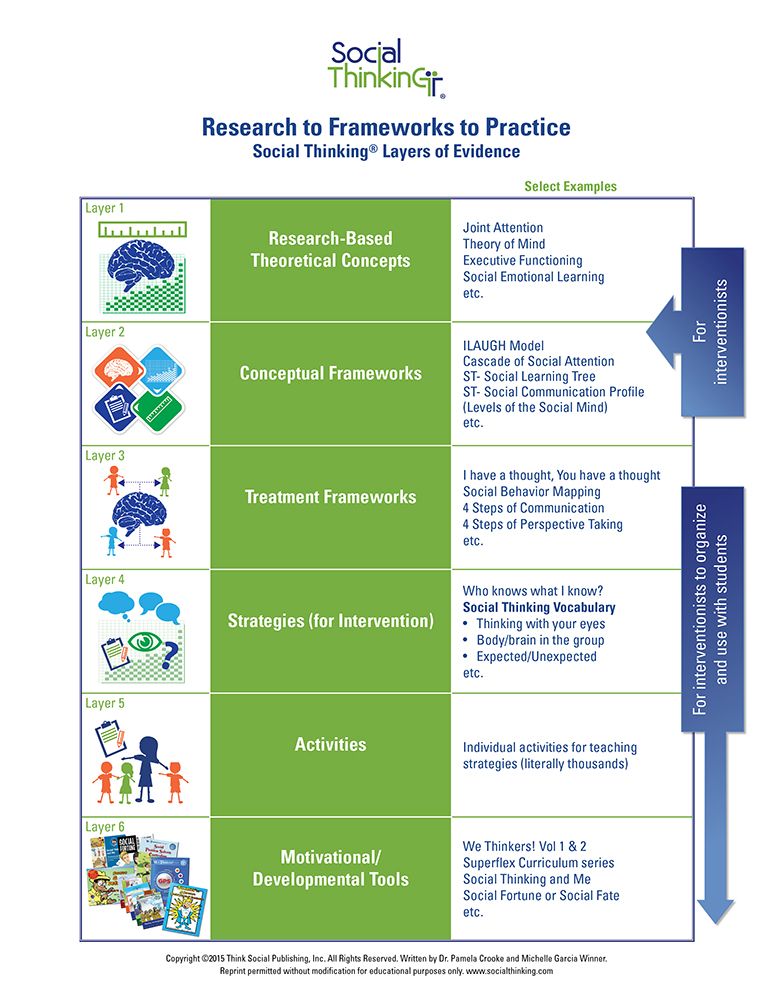 Let's start by looking at three groups of tasks, and then we will give some useful recommendations. nine0003
Let's start by looking at three groups of tasks, and then we will give some useful recommendations. nine0003
General exercises for the development of vocabulary
Exercises from this group can be performed orally or in writing:
- Exercise "Alphabet". You need to come up with sentences in which words begin with each letter of the alphabet in order. For example: “Antosha wanders in the thick of trees, eats honeysuckle, yawns. And the beauties of the forest sweetly, gently captivate ... ”etc. Try to come up with sentences using all the letters from A to Z.
- Exercise "Nouns". nine0045 You are telling a short story using only nouns. For example: "Morning. Coffee. The machine. Office. A computer. Dinner. Evening. The street. House. Entrance", etc.
- Exercise "Verbs". Similar to the previous exercise, you tell a short story using only verbs. For example: "I came, I saw, I conquered."
- Exercise "Adjectives and adverbs".
 Everything is done, as in the previous exercises, only using adjectives and adverbs. nine0008
Everything is done, as in the previous exercises, only using adjectives and adverbs. nine0008 - Exercise "Monophone". You come up with sentences in which all words begin with the same letter. The words must be linked. It is desirable that the meaning be preserved, but at the first stage, you can give yourself an indulgence - not to think too much about the meaning.
At first, these exercises will not be easy, especially for schoolchildren and children, but with practice, the results will get better: it will become easier to make interesting sentences and stories, and new words will gradually appear in everyday speech. nine0003
Simple and quick vocabulary development techniques
As we already know, the development of speech and vocabulary is necessary primarily for voicing thoughts and conveying meaning. If you constantly train, this skill will develop, and if you do not pay attention to it, then it will become weaker. Based on this, for the development of the vocabulary, you need to communicate with people as much as possible, pay attention to the new words that they use, memorize their meaning and apply it in speech yourself.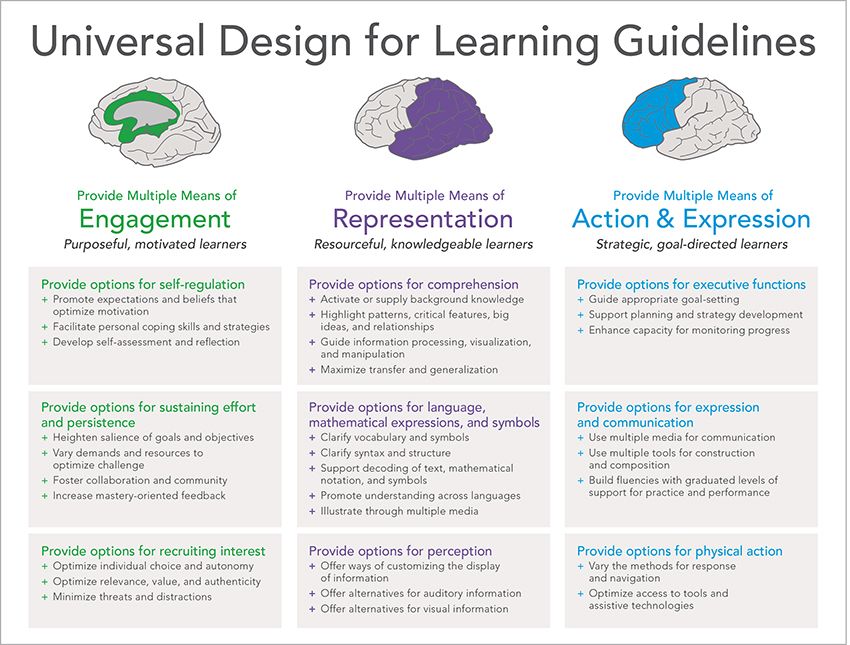 nine0003
nine0003
Here we can give two main pieces of advice:
- It is useful to communicate with diverse and different people. Among them may be: acquaintances, buddies and friends, classmates, classmates and colleagues, training partners, shop assistants and fellow travelers in taxis and public transport, people in social networks and forums, etc. In other words, the volume of vocabulary largely depends on the breadth of the circle of communication.
- It is equally useful to listen to audiobooks. This tool is quite effective and requires almost no effort from you. In addition, it is very convenient: you can listen to audio books (as well as seminars and all kinds of tutorials) in headphones on the way to work or school, in the car during any trips, at home, doing housework or cooking. If you wish, you can find special books for the development of vocabulary, collections of quotes and aphorisms, biographies, philosophical and scientific works, works of art and much more.
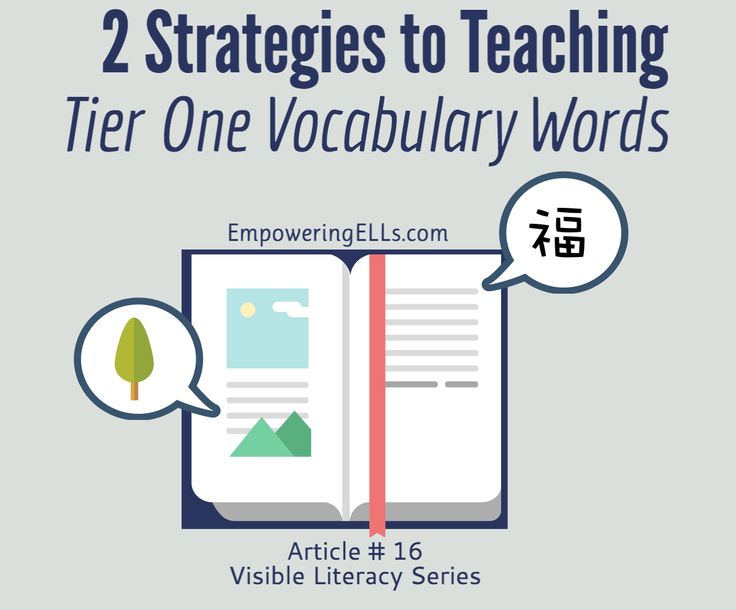 nine0008
nine0008
The techniques presented are suitable for schoolchildren, students, busy people and businessmen, as well as all those who do not have free time for special classes to expand their vocabulary. If you do not have problems with leisure, and you want to spend time usefully, refer to the following means.
Special Vocabulary Techniques
To use these techniques, you will have to set aside time for them. But the effect will be much stronger than when performing general exercises and using simple and quick tools. Vocabulary development is facilitated by:
- Memorization. If you not only listen and learn new words, but also try to memorize them, you will increase your chances of enriching your vocabulary, and at the same time you will begin to translate many words from a passive vocabulary into an active one. As you know, the best way to remember something is repetition, so at your leisure it is useful to retell the speech of other people, passages from books you read, etc.
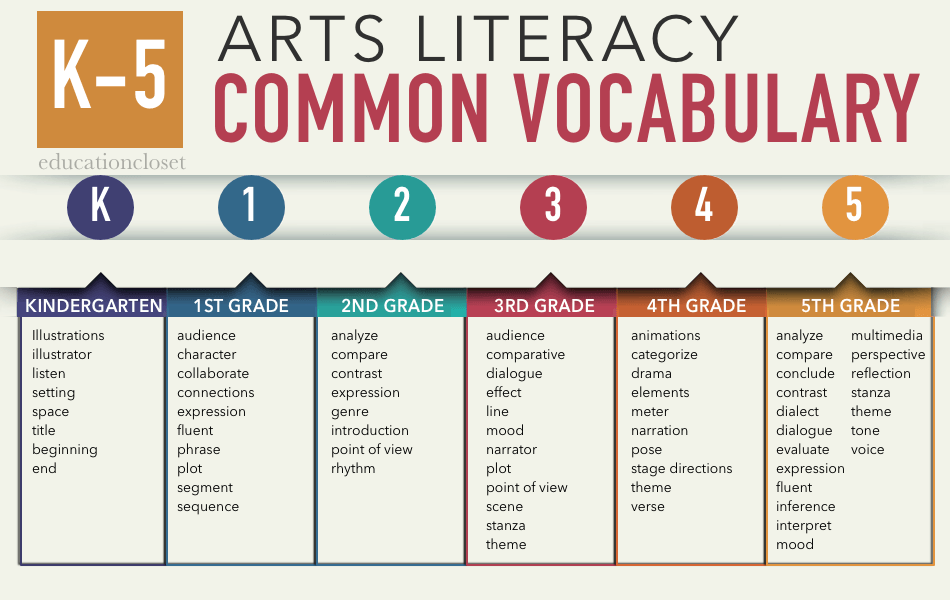 Try to match the original as much as possible, preserve the style of the author, as well as his manner of presentation. It is no less effective to memorize poems, songs, and even definitions of various concepts. nine0008
Try to match the original as much as possible, preserve the style of the author, as well as his manner of presentation. It is no less effective to memorize poems, songs, and even definitions of various concepts. nine0008 - Learning foreign languages. You cannot limit your vocabulary to the words of only one language. Learning English, Turkish, Spanish and any other language contributes to the expansion of vocabulary in several directions at once. Firstly, the more new words you learn and memorize, the more connections you establish between them and the easier and faster you can “grab” the right word from memory. And secondly, by studying foreign words, you also get acquainted with the words of your native language, which you did not know before. By the way, an interesting fact: in Russian there are about 500 thousand words, in English - about 250 thousand, and in Japanese - about 50 thousand. nine0008
- Keeping a diary. Suppose that for some reason you cannot start learning a foreign language now, do not want to listen to audio books and do not want to communicate with a large number of different people.
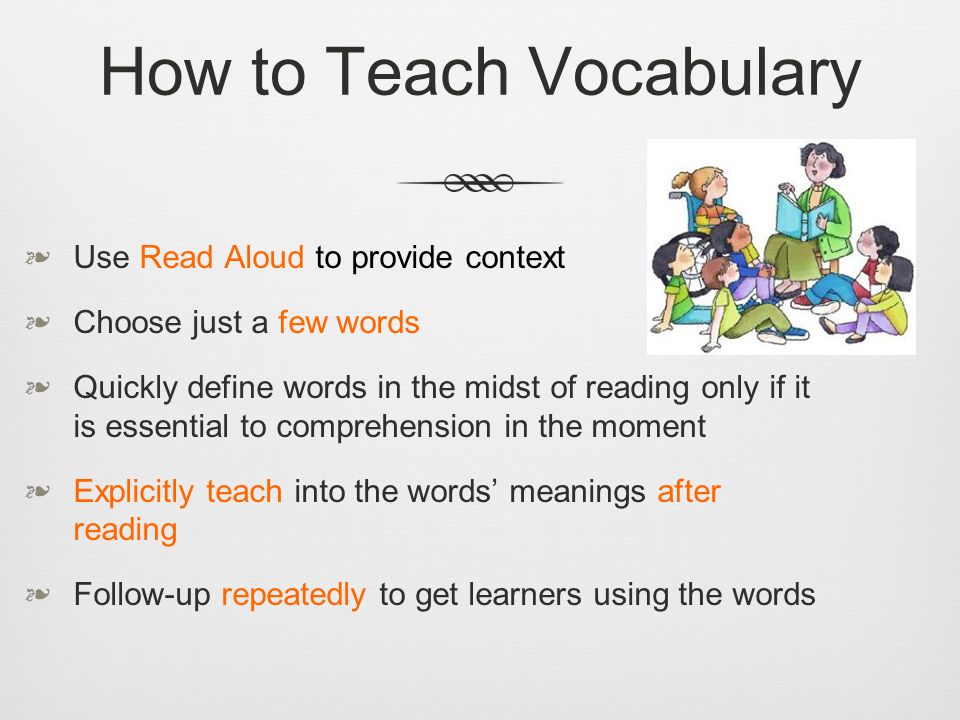 There is still a way out - to keep a diary. Writing for yourself is not super effective, but it can help anyway. Pick up a notebook or notebook and start writing something down every day. Due to the fact that you will constantly be forced to formulate your thoughts, your vocabulary will begin to grow on its own, because you will need to select certain words, including those that are in the passive vocabulary. And the bonus will be training your literacy and checking your knowledge of the rules of the Russian language. nine0008
There is still a way out - to keep a diary. Writing for yourself is not super effective, but it can help anyway. Pick up a notebook or notebook and start writing something down every day. Due to the fact that you will constantly be forced to formulate your thoughts, your vocabulary will begin to grow on its own, because you will need to select certain words, including those that are in the passive vocabulary. And the bonus will be training your literacy and checking your knowledge of the rules of the Russian language. nine0008 - Linguistic games. Specialized games, such as word puzzles, charades, rebuses, crosswords, crossword puzzles, etc., are excellent for the development of the vocabulary of children, schoolchildren and adults. When you solve them, you will automatically learn new words and their meanings. In addition to this, on the Internet you can find many interesting vocabulary games that are great to play in a company. Here are just a few: Hidden Motives, The New Dictionary, A Day in the Life, Sound Images, and Taboo.
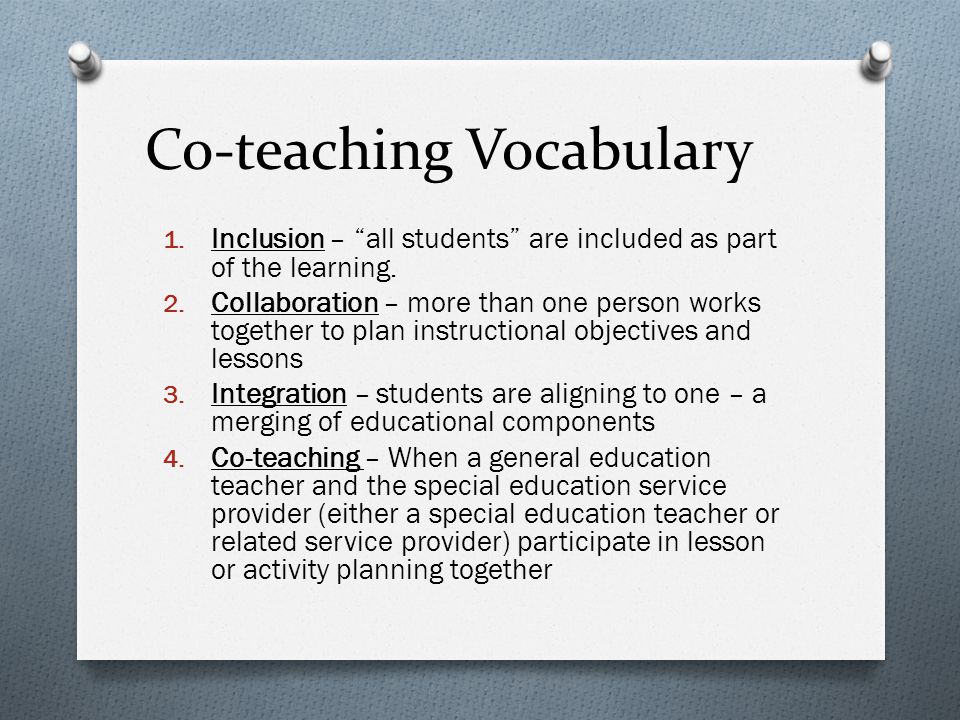 And here, too, there is a bonus - the general development of thinking and intelligence. nine0008
And here, too, there is a bonus - the general development of thinking and intelligence. nine0008 - Reading. Websites, books, newspapers and magazines serve not only as a source of information, but also as a tool for replenishing vocabulary. Naturally, when choosing what to read, you need to build on individual tasks and interests. Depending on the vocabulary of which “profile” you want to replenish, you can choose special, scientific, journalistic or fiction. Reading is recommended for at least an hour every day, and in order to learn words faster, it is better to read aloud, because. memorization is more effective when speaking. If you want to focus on individual words, then you can study all kinds of reference books and dictionaries: spelling, rare words, synonyms, sensible different authors, and others. nine0008
The exercises and techniques we have proposed should be enough to fill your head with many different words, concepts and terms. It is best to resort not to any one method, but to use several at once.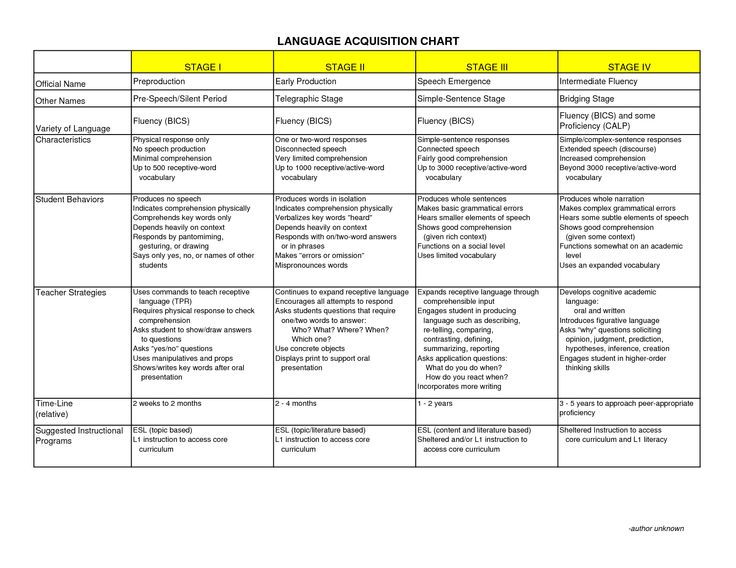 You can even choose a specific activity for each day. And if everything is quite simple with exercises, foreign languages and linguistic games, then with books it is quite possible to dream up. Therefore, we want to advise you to read not just everything and anything, but something specific. nine0003
You can even choose a specific activity for each day. And if everything is quite simple with exercises, foreign languages and linguistic games, then with books it is quite possible to dream up. Therefore, we want to advise you to read not just everything and anything, but something specific. nine0003
Books for the development of vocabulary
Books are always good because they allow a person to learn a lot of new and interesting things. Reading in itself makes speech more developed and rich, but not all books will be useful for these purposes. There are universally recognized writers, authors of real masterpieces, demonstrating the beauty of the great Russian language (and the language in general) as much as possible.
Let's start with Russian classics, which influenced the formation of Russian speech, as well as morality. The books of the following authors will help to significantly expand the lexicon:
- A. S. Pushkin. It can be called the basis of Russian literature, because its vocabulary was about 25 thousand words.
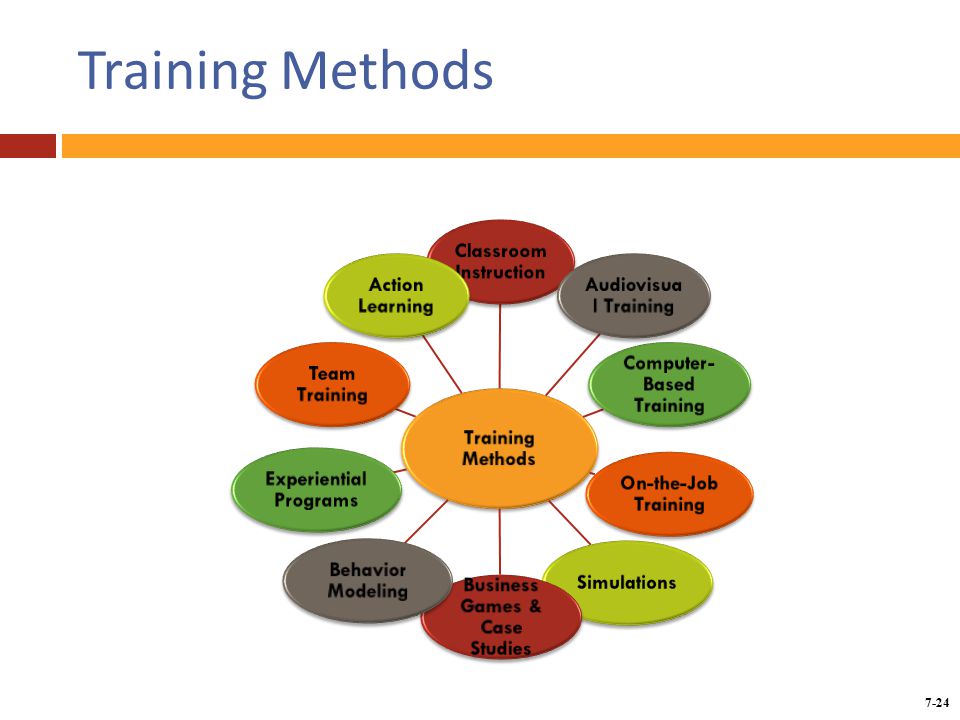 You can be sure that with the help of his writings, poems and fairy tales, you will seriously replenish your vocabulary.
You can be sure that with the help of his writings, poems and fairy tales, you will seriously replenish your vocabulary. - M. V. Lomonosov. No less “effective” are the translations, letters and poems of this remarkable person, who is considered the founder of Russian poetic culture.
- F. M. Dostoevsky. Reading the works of this philosopher and novelist (“The Brothers Karamazov”, “The Idiot”, “Crime and Punishment” and others), you will not only plunge into the bowels of the Russian language, but also learn the world of new feelings and experiences. nine0008
- N. M. Karamzin. We advise you to pay attention to the books "History of the Russian State" and "Poor Liza". They alone are enough to enrich your speech with many new words, including barbarisms and neologisms.
Foreign classics are equally capable of influencing the development of speech. In addition, reading such books, you can get acquainted with the behavior of people of different nationalities:
- French authors: Honore de Balzac, Emile Zola, Jules Verne, George Sand and others.
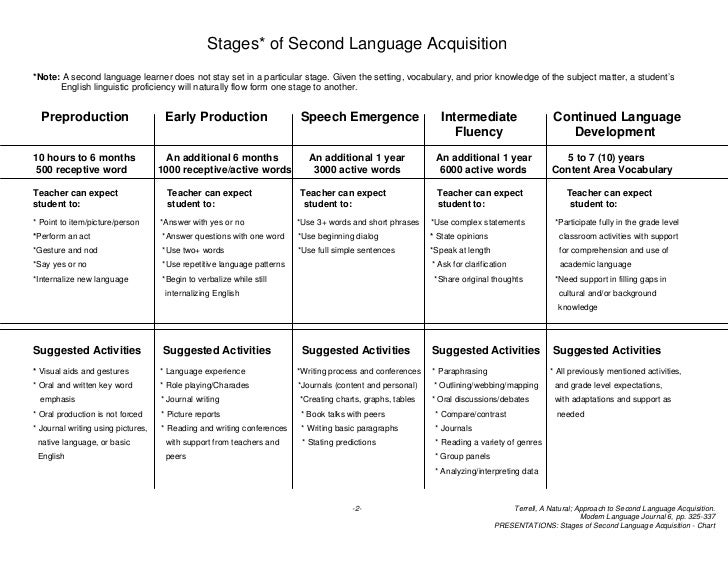 nine0008
nine0008 - English authors: William Shakespeare, Arthur Conan Doyle, Oscar Wilde, Daniel Defoe and others.
- American authors: Margaret Mitchell, Mark Twain, Ray Bradbury, Jack London and others.
- Spanish authors: Miguel de Cervantes, Camilo José Sela, Eduardo Mendoza, Francisco de Quevedo y Villegas and others.
Next on our list is more specific literature - dictionaries. Their study, perhaps, even better helps to develop speech and vocabulary. Feel free to take any of the listed dictionaries and start reading it:
- Russian Literary Pronunciation and Stress, Ed. R. I. Avanesova and S. I. Ozhegov.
- "School Phraseological Dictionary of the Russian Language" by V.P. Zhukov in collaboration with A.V. Zhukov, ed. G. V. Karpyuk.
- Dictionary of Russian Proverbs and Sayings. V. P. Zhukov.
- "A unique illustrated explanatory dictionary of aphorisms and winged words for children" by S. N. Zigunenko and A. F. Istomin.

- "Dictionary of synonyms of the Russian language" 3. E. Aleksandrova. nine0008
- "Spelling Dictionary of the Russian Language" by D. N. Ushakov, S. E. Kryuchkov.
- School Etymological Dictionary of the Russian Language. Origin of words. N. M. Shansky and T. A. Bobrova.
- "Dictionary of antonyms of the Russian language". M. R. Lvova.
And several explanatory dictionaries:
- S. I. Ozhegov's explanatory dictionary.
- Explanatory Dictionary of the Living Great Russian Language by V. Dahl.
- Russian explanatory dictionary by VV Lopatin. nine0007 Explanatory Dictionary of T. F. Efremova.
- Dictionary of D. N. Ushakov.
- Explanatory Dictionary of A.P. Evgenyeva.
And finally, if you want to give yourself a real intensive training in the development of speech and speech skills, but also have an interesting time, refer to very informative specialized works:
- "A word about words.
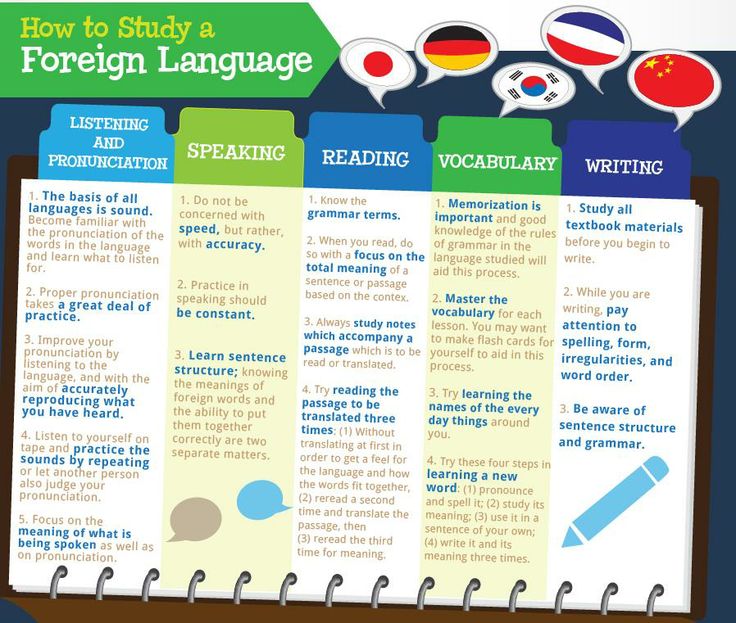 " Lev Uspensky.
" Lev Uspensky. - "Do we know Russian?". Maria Aksenova.
- "Live like life". Korney Chukovsky. nine0008
- "The Russian language is on the verge of a nervous breakdown". Maxim Krongauz.
- "Russian with a dictionary". Irina Levontina.
- "From Adam's apple to the apple of discord." Vadim Khrappa.
- "Word living and dead". Nora Gal.
- "Oddities of our language". Nigel Brown.
- "How to talk to anyone, anytime, anywhere." Larry King.
And in conclusion, a few words about how to quickly memorize new words from books. This is best done in a playful and creative way:
- Solve thematic crossword puzzles dedicated to specific works.
- Answer questions after reading the books. They can be found on the Internet, and it is better to give answers in writing.
- Write summaries of your favorite works, imitating the authors. So you will develop speech, literacy and memory.
- Keep a diary, where you will write down interesting words that you like.
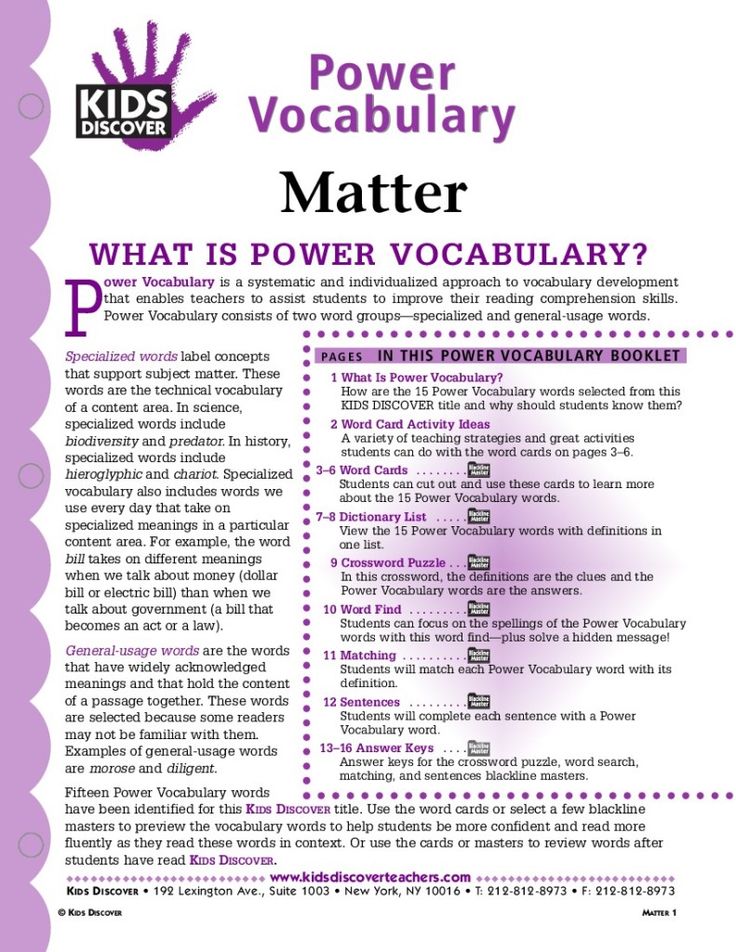 Don't forget to include their definitions there as well.
Don't forget to include their definitions there as well. - Try your hand at writing. On weekends, spend a couple of hours writing a short story or essay on a free topic. nine0008
Communicate with people, read books, study dictionaries and encyclopedias, write down new words in a diary, notebook or stickers - all this is the components of the development of speech and vocabulary. If you want to expand your child's vocabulary, read aloud to him, consider and describe wimmelbuchs, play board and active games, make words from cubes and magnets and explain their meaning, keep him inquisitiveness and interest in the world around him.
Active and conscious actions - this is what is a prerequisite and a guarantee for the development of vocabulary. Human speech can be compared to a muscle that requires constant training to grow and strengthen. Try to always keep it in working condition, not skipping or ignoring new words, learning, clarifying and remembering their meanings.